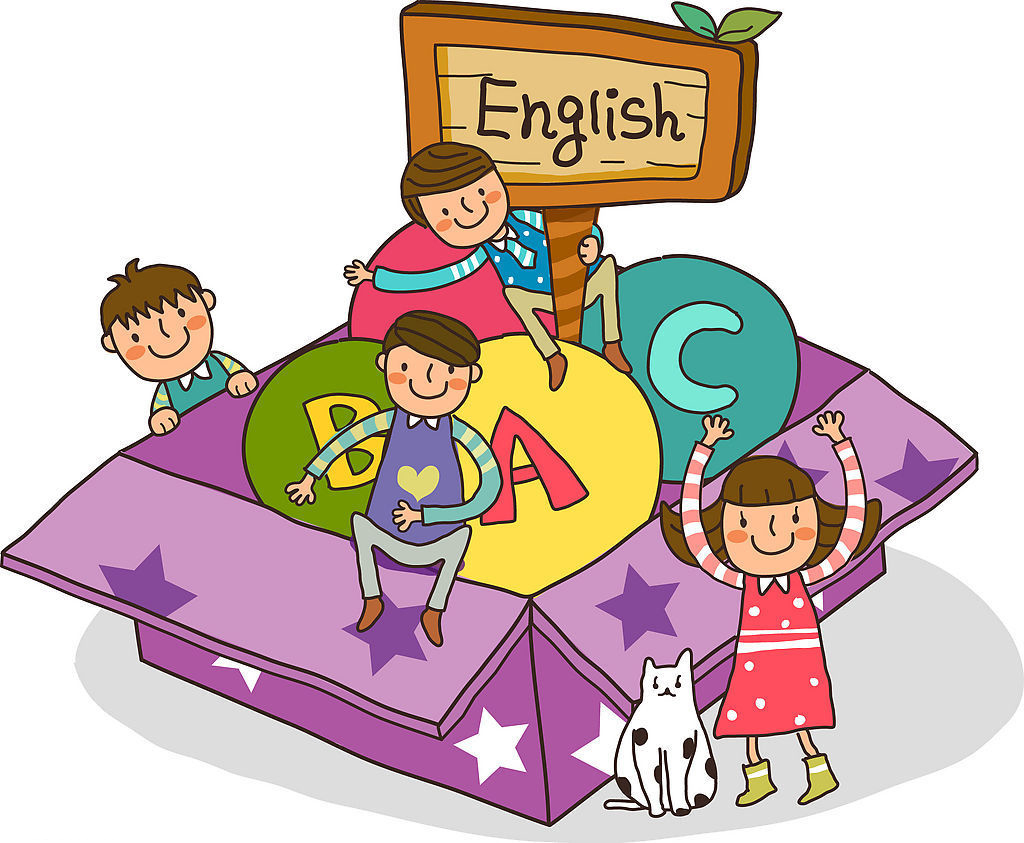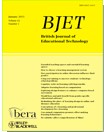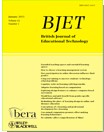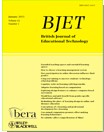-
基础教育
- 教材:
-
- 全部
- 中国地图出版社
- 人教版
- 人教版2012
- 人教版2013版
- 人教版PEP(3年级)
- 人教版义务
- 人教版新课标
- 人教版新起点(1年级)
- 人教版(Go for it)
- 人教版(三年级起点)
- 人教版(三年级起点)2012-2013
- 人教版(版本不明)
- 人教社2016年新编教材
- 冀教版
- 冀教版(三年级起点)
- 北京版
- 北师大版
- 北师大版(2016)
- 北师大版(1年级)
- 北师大版(3年级)
- 北师版2013
- 华东师大版
- 外研社版
- 外研社(三年级起点)
- 外研社(广西专用)
- 广州新版(三年级起点)
- 广州版
- 开心学英语
- 教育科学(3年级起点)
- 教育科学(广州版)
- 新华东师大版
- 新起点英语
- 朗文英语
- 河北版
- 湘少版(3年级起点)
- 牛津上海版
- 牛津上海版(深圳新版)
- 牛津英语
- 粤教版
- 苏教版
- 语文S版
- 语文版
- 首师大版
- 香港现代版
- 齐齐学英语
- 高等教育
- 职业教育
-
Facilitating Preservice Teachers' Development 普通类
Guest Editorial – Innovations in Designing Mobile Learning Applications
-
An Inquiry-based Mobile Learning Approach 普通类
Guest Editorial – Innovations in Designing Mobile Learning Applications
-
Developing a Cross-media System 普通类
Guest Editorial – Innovations in Designing Mobile Learning Applications
-
Social Knowledge Awareness Map 普通类
Guest Editorial – Innovations in Designing Mobile Learning Applications
-
Students' Personal and Social Meaning Making 普通类
Guest Editorial – Innovations in Designing Mobile Learning Applications
-
Learning Cultures on the Move 普通类
Guest Editorial – Innovations in Designing Mobile Learning Applications
-
Guest Editorial – One-to-One Learning 普通类
Guest Editorial – Innovations in Designing Mobile Learning Applications
-
e is for exploration Assessing hard-to-measure 普通类
The focus of this paper is on the use of e-technologies to enable higher education to better assess aspects of learning that have proved difficult to assess using more conventional means. Higher education describes the knowledge and abilities it intends its graduates to have acquired before graduation, and it has a wide range of approaches to assess these. Higher education also seeks affective outcomes in the form of values, attitudes, behaviours and related attributes or dispositions, and these have consistently proved more difficult to assess by examination or assignment. After graduation, however, graduates are often assessed within the professions via portfolios, interview and peer or expert review. Assessment may focus on teamwork and networking skills, productivity, creativity and values fit to the profession. How can e-technologies help with these forms of assessment? This paper reviews some of the e-based approaches and explorations that have supported or could support assessment of affective attributes. At each stage, the paper seeks to establish the common elements of assessment in the different regimes and how e-assessment contributes, or may contribute in the future. The paper concludes that many of the strengths of e-assessment lend themselves to an evaluation paradigm rather than to conventional assessment for intended learning outcomes.
-
e-Assessment for learning 普通类
A natural language based system has been used to author and mark short-answer free-text assessment tasks. Students attempt the questions online and are given tailored and relatively detailed feedback on incorrect and incomplete responses, and have the opportunity to repeat the task immediately so as to learn from the feedback provided. The answer matching has been developed in the light of student responses to the questions. A small number of the questions are now in low-stakes summative use, alongside other e-assessment tasks and tutor-marked assignments, to give students instantaneous feedback on constructed response items, to help them to monitor their progress and to encourage dialogue with their tutor. The answer matching has been demonstrated to be of similar or greater accuracy than specialist human markers. Students have been observed attempting the questions and have been seen to respond in differing ways to both the questions themselves and the feedback provided. We discuss features of appropriate items for assessment of this type.
-
Use and performances of Web-based portfolio 普通类
This research explored the influence of a Web-based portfolio assessment system on students' performances. The methodological procedure adopted was to have the experimental group use the system, with the control group using conventional assessment. The study subjects were junior high school students of two computer classes. The experimental results revealed that the use of the system has significant positive influence on students' performances. According to estimated effect size, the most significant indicators were reflection, self-assessment, continuous improvement, goal setting, problem solving, data gathering, work and peer interaction. However, peer-assessment performance was not enhanced significantly. Therefore, one recommendation was to reduce peer-assessment and instead offer specific illustrations to the students as well as the opportunity to drill.




